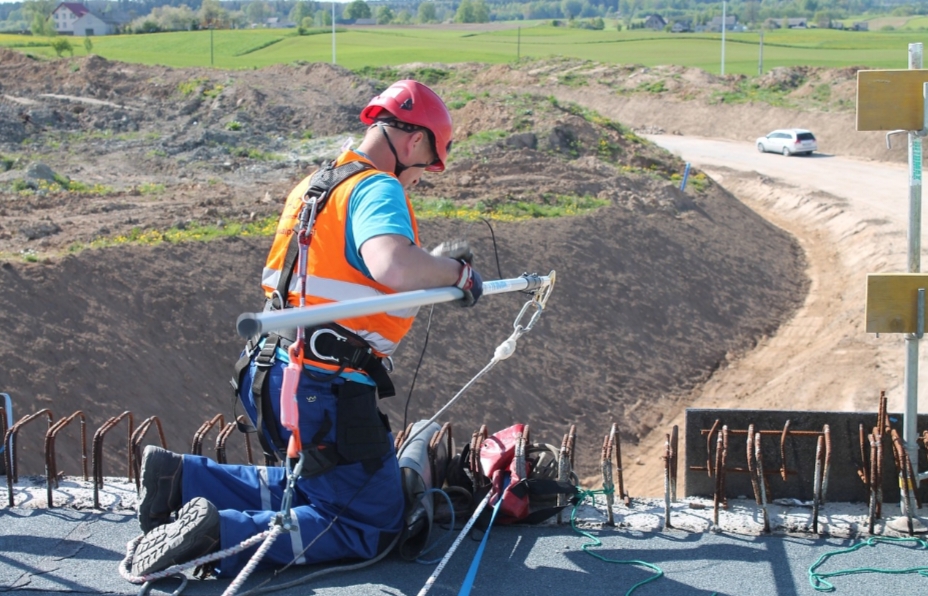Everything You Need to Know About Fall Protection Systems in Construction

Falls during work are the most dangerous as they cause severe injury and even death. Companies can take various measures to prevent employees from falling and getting severely injured. Fall protection is generally set up where laborers are performing obligations at levels. However, it is similarly essential when representatives work close to the edges of openings, on steep or tricky surfaces, or around hazardous hardware and gear.
It is the responsibility of employers to ensure the safety of their workers or employees. Therefore, they must have various fall protection policies where they work.
In this article, we discussed the measures employers should take to prevent fall injuries.
Table of Contents
Required Measures to Be Taken at The Workplace
1. Cover Holes in the Floor
Introduce floor opening covers, toe sheets, and railing on each floor opening into which a worker could coincidentally fall.
2. Guard Elevated Areas
Introduce watch rails and toe sheets around the edge of any raised floor, stage, or runway that is raised over the encompassing region.
3. Secure Dangerous Equipment
Introduce monitor rails and toe sheets around risky hardware or other gear that representatives can fall into or onto.
4. Additional Protection
Notwithstanding monitor rails, covers, and toe sheets, businesses might have to utilize extra fall assurance measures and hardware, including well-being outfits and lines, security nets, step railings, and handrails. Installing a davit arm fall protection system can also provide the employees the protection they need.
OSHA Requirement
OSHA (Occupational Safety and Health Act), passed in 1970, was brought to prevent workers from serious injury, death, or harm in the Workplace. This law ensures that employers provide their employees with danger-free working conditions. Employees are low waged workers that are working under employers. Therefore, employers should value their workers and ensure they are safe.
OSHA requirements make it necessary to take the required measures and fall protection when working at more than four feet of height. OSHA further expects fall insurance hardware to be introduced for representatives working over and around hazardous apparatus or gear, no matter the workspace level.
Apart from the installation of fall protection, employers are required to follow these measures:
- The working conditions should be free of risks or perils.
- The floors or Workplace should be dry and clean.
- Provide appropriate protective equipment.
- Make sure the workers get proper training regarding job hazards.
Types of Fall Protection Systems in Construction
1. Roof Fall Protection System
According to OSHA 1910 standards for fall protection in 2017, employers must install roof fall protection systems in the Workplace. Roof fall protection systems are installed on the roof to protect the workers from falling or slipping.
2. Anchor Points System
The anchor point system is essential for fall protection. It is generally installed on roofs but sometimes also installed on windows and doors.
3. Ladder Fall Protection
Ladder fall protection includes customized systems for any ladder design. It also includes complete safety of the ladder from bottom to top height. There should be fixed ladders in the Workplace to avoid slipping.
Read Also :
Conclusion
Workers are the actual capital in the economy. They work effectively, whether it is a business, organization, or construction site. Therefore, workers’ protection is the most important thing, especially at construction sites. So, if you run a business, ensure that you install all the required fall protection systems in your company.







